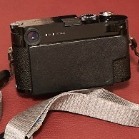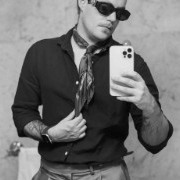Help me take non distorted portrait images on my Q
-
Recently Browsing 0 members
- No registered users viewing this page.
-
Similar Content
-
- 3 replies
- 275 views
-
- 7 replies
- 501 views
-
Q3 Portrait
By Basti,
- 0 comments
- 76 views
-
Street Portraits 1 2
By Almizilero,
- 20 replies
- 1,181 views
-
- 5 replies
- 394 views
-




Recommended Posts
Join the conversation
You can post now and register later. If you have an account, sign in now to post with your account.
Note: Your post will require moderator approval before it will be visible.